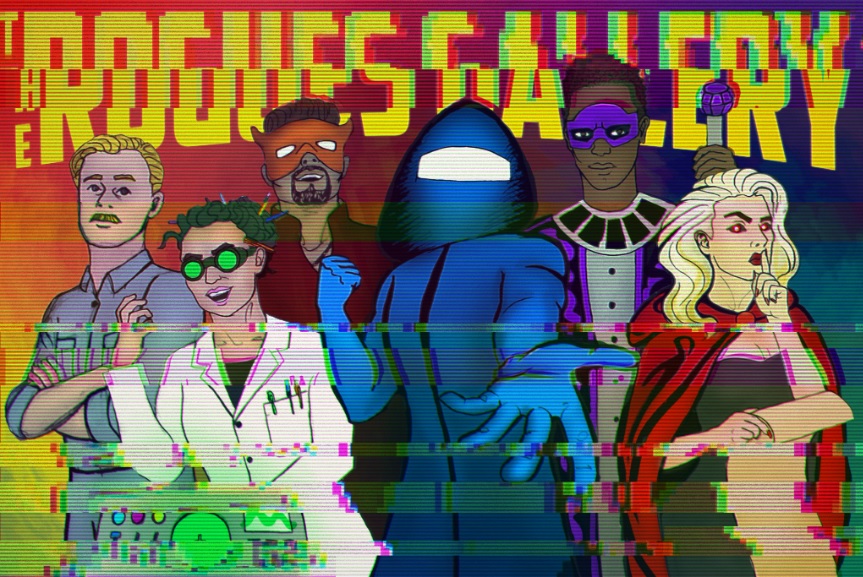Two years ago, I wrote a brief introduction to the world of escape room in a box games for Boxing Day after playing Wild Optimist’s Escape Room in a Box: The Werewolf Experiment. Juliana Patel and Ariel Rubin initially funded production of their game through a Kickstarter campaign, before partnering with Mattel to produce a mass market version of the game that includes one particularly devious puzzle that still sits as a trap on my desk for unwary coworkers. The Wild Optimists have partnered with Mattel once more with Escape Room in a Box: Flashback, a game that manages to create the most elegant narrative and puzzle-based experience I’ve seen in the space.
New Retro Packaging, Same Lycanthropic Focus
While the retro ’90s design aesthetic of the box and Flashback title might imply this game is a throwback to the electronic board game era of Dream Phone and Electronic Mall Madness, the Wild Optimist’s newest escape room in a box is actually a direct sequel to The Werewolf Experiment. In the first installment, players were tasked with facing off against the mad scientist Doc Cynthia Gnaw, rushing to avoid becoming a casualty of her latest experiments. For Throwback, Doc Cynthia Gnaw is back with a vengeance, and players need to dive into her history to get out intact.

Because the narrative framing is so straightforward, these games don’t have to be played in sequence: the group I assembled to play this game had never played The Werewolf Experiment before, and at no point in the 90-minute experience did I need to stop and explain what happened in the previous chapter.
Puzzles in Three Acts: Letting Players Choose Their Puzzling Fate
In The Werewolf Experiment, the solving process was largely a linear one. Upon opening up the box, a series of puzzles became available. By solving puzzles, players would figure out the combinations for a series of plastic combination locks or receive hints to explore unexpected places to uncover additional puzzles until they figured out how to open up the final locked box.

Flashback refined that model by splitting gameplay into three separate rounds: a word-puzzle round themed around Doc Gnaw’s childhood friend Doctor Lisa David, a science-oriented puzzle round themed around Doc Gnaw herself, and a childhood round themed around their friendship. If smaller teams are tackling the escape room, these rounds are probably best tackled sequentially so everyone can appreciate the full breadth of the experience together. However, larger teams may find it easier to get everyone more consistently engaged by splitting up into smaller groups, and tackling the themes that speak to them while also making it harder for a single person to dominate the solving process.
This is where the game’s strong theming steps up to become the hero: because each of the rounds have distinct theming and color-coding, it’s possible to have all the game’s pieces splayed out on the table at the same time without getting confused about which puzzles are tied to which theme.
Continue reading






